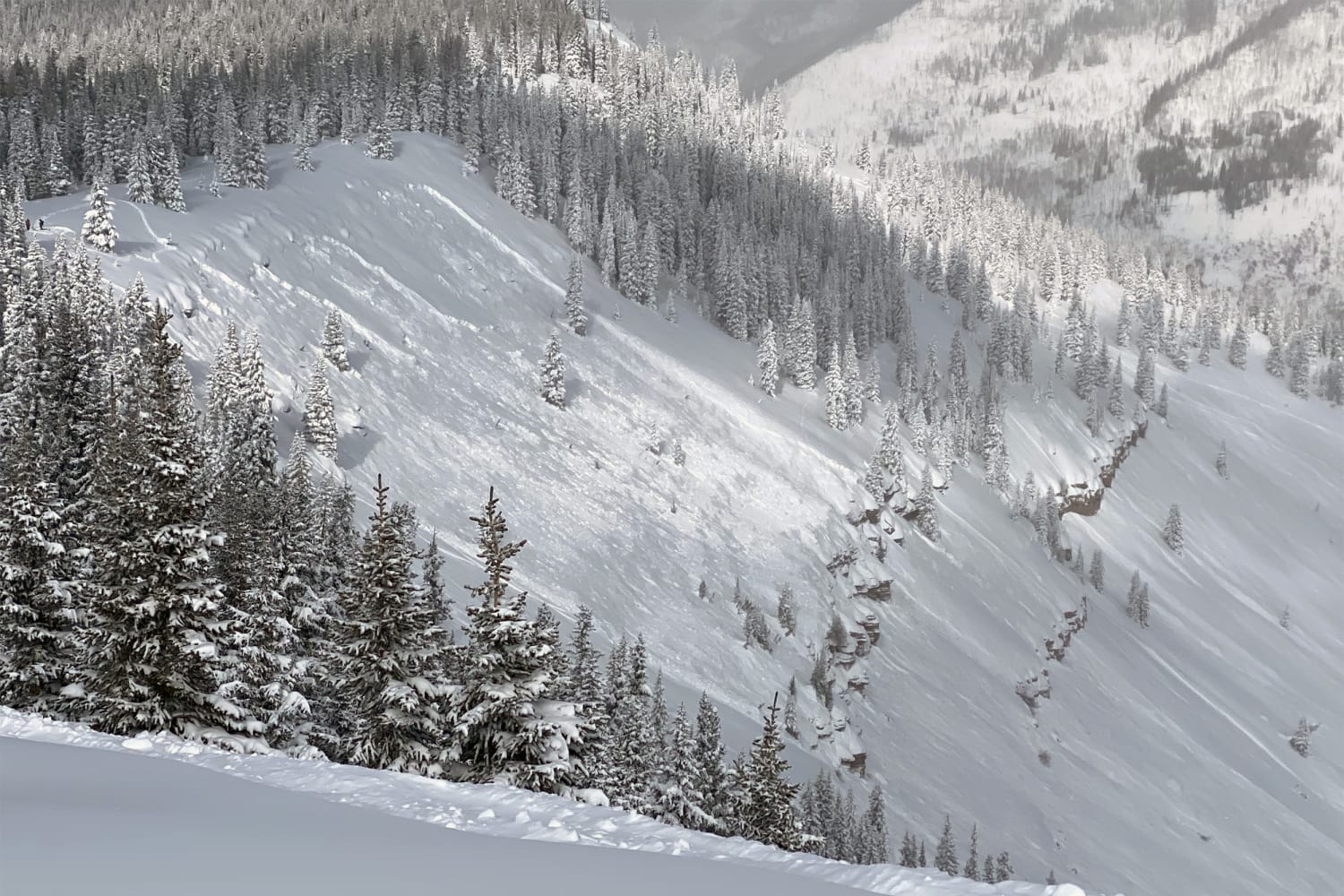Sixteen people have died across the U.S. from avalanches in less than two weeks, a stunning number that experts say is largely due to conditions ripe for the deadly snowslides and may be connected to increased use of the backcountry during the pandemic.
Deaths in Colorado, Utah, Montana, Wyoming, California, Alaska, Washington and New Hampshire are the result of the weak snowpacks that formed in the beginning of winter, said experts at the U.S. Forest Service’s National Avalanche Center.
“We have some really unstable snow throughout broad parts of the Western United States,” said Karl Birkeland, the center’s director.
Early snowfall was followed by dry, cold weather, creating a weak foundation across mountain ranges. A big storm system in the past two weeks overloaded the foundation, which Birkeland said made “conditions very favorable to human-created avalanches.”
The snowpacks are fragile and sugary. “If you scoop it up with your hand … it would all be cohesionless,” Birkeland said. The thick, heavy snow that blanketed the sugary bottom led to the collapses in the backcountry, remote and unkempt parts of the mountains.
Avalanches are a result of a sequence of weather events, so it’s difficult to draw a direct line to climate change, Birkeland said.
“With a change in climate and warming temperatures, we are likely to see different types of avalanches in areas we may not have seen before,” he said. Areas that usually don’t have wet snow avalanches might begin to, but that’s not what’s happening this season, when people are dying from dry slab avalanches.
What makes this year particularly unusual is how widespread such conditions are. Usually, experts say, some places in the West have prime avalanche conditions. In the past two weeks, everywhere has been at risk.
“It was dangerous in a lot of places and still is today,” said Simon Trautman, an avalanche specialist at the center. “Did I think we would end up in a cluster this large in a short period of time? No, I didn’t.”
Chad Brackelsberg, the executive director of the Utah Avalanche Center, said deaths are increasing as backcountry skiing has become more popular than ever, in part because of the pandemic.
“A lot of people normally in the resorts did not buy passes this year, and there’s a large new population of backcountry skiers,” he said.
U.S. backcountry-related equipment sales from August through October were up by 76 percent compared to 2019, according to the NPD Group, a market research company, and Snowsports Industries America.
“There’s a large community that is saying: ‘I’m going to take this into my own hands. I’m going to get away from all these people and go into the backcountry,'” Nick Sargent, president of Snowsports Industries America, said late last year.
Avalanches at ski resorts, which use mitigation techniques, are extremely rare. In the backcountry, where people have recently lost their lives, there is no one to look out for adventurers but themselves.
“It’s hard to draw a direct line between these avalanches and the pandemic,” Birkeland said. “Indirectly, we can say with increased backcountry use and more people out in the backcountry, there is more potential for people to trigger avalanches.” In popular areas that are being used more, people might be going out even farther than usual.
Experts implored people heading to backcountry areas to check their local avalanche forecasts, take gear like avalanche beacons and shovels and get official training in how to survive if they are caught in an avalanche.
“We can’t determine people’s risks. That’s up to the individual. But what we can do is help them understand what the risk might be,” Trautman said.
Source: | This article originally belongs to Nbcnews.com











